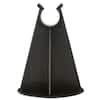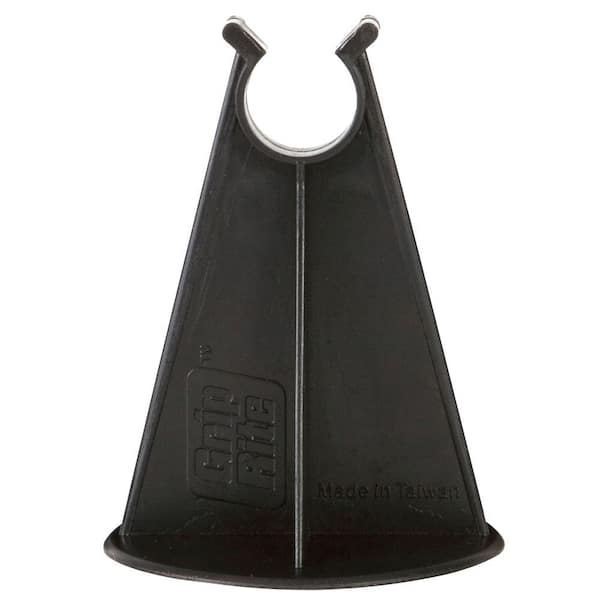@invalid -
There is a measurable difference of lower capacitance when cable risers are used
@mc1969 -
I am on a concrete engineered slab, no carpet under my cables, engineered hardwood
Makes sense, given that all of our cables exhibit the properties of an RLC circuit, the 'C' being capacitance.
Capacitance changes, according to the dielectric, it's Dielectric Constant, and the amount of dielectric used.
The Dielectric Constant of air = 1. Wood can vary from just over 1 to 4, depending on grain direction and (greatly) on moisture content.
I seriously doubt that engineered hardwood contains/retains any moisture, hence: no more change than lifting a cable into the air.
Most carpeting consists of materials with horrible Constants.
When your cable's lying on a material with a high Dielectric Constant; that's being added to that of the cable's insulation, changing the 'C' in the RLC, over whatever length.
https://www.electrical4u.com/rlc-circuit/
https://www.sciencedirect.com/topics/nursing-and-health-professions/dielectric-constant#:~:text=The%20dielectric%20constant%20ranges%20from,with%20moisture%20content%20and%20frequency.



